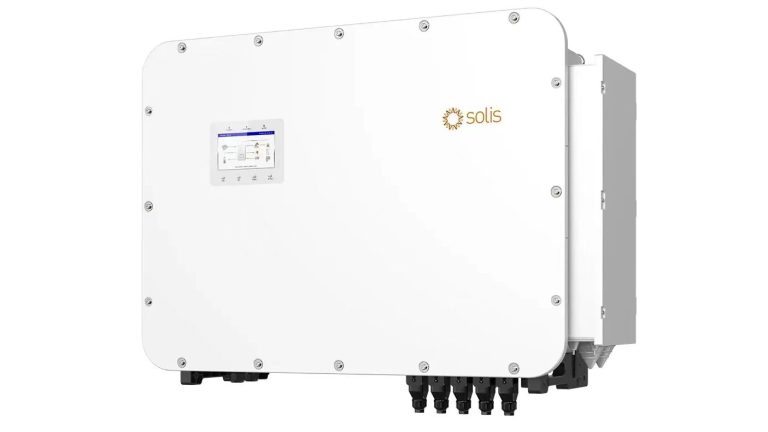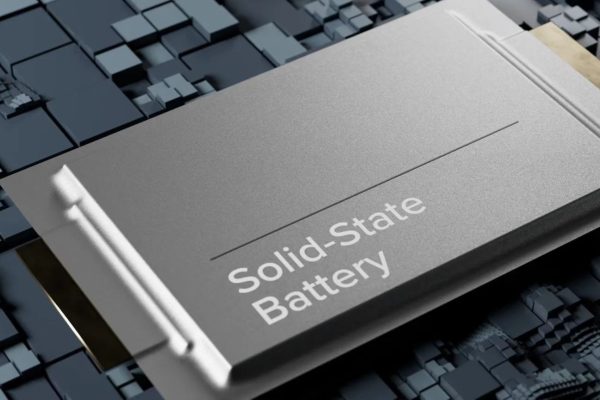For many energy buyers, the inverter spec sheet looks like a dense wall of numbers — volts, amps, kW, MPPT, THD, PF, etc.
Yet, understanding these parameters is essential before selecting an inverter for your solar + storage system.
A small misinterpretation could lead to poor system performance, unnecessary cost, or even component incompatibility.
This guide breaks down how to read an inverter specification sheet — what each line means, which data points really matter, and how to compare models effectively.
1. Why the Spec Sheet Matters
The inverter is the brain and heart of any PV or ESS system.
It converts DC electricity from solar panels or batteries into usable AC power — safely and efficiently.
Reading the spec sheet correctly helps you:
- Verify compatibility with PV and battery voltage
- Understand true rated capacity (not just marketing claims)
- Identify efficiency losses and thermal limits
- Compare models for different project scales
⚙️ A professional buyer reads spec sheets the way a mechanic reads engine data.
2. The Typical Structure of an Inverter Spec Sheet
Most datasheets follow this structure:
- Basic Information: Model, rated power, topology
- PV Input (DC Side)
- AC Output (Grid/Load Side)
- Battery (for hybrid inverters)
- Efficiency & Power Factor
- Protection Features
- Communication & Monitoring
- Mechanical & Environmental Data
Let’s walk through each section.
3. PV Input Specifications
These parameters define how solar panels connect to the inverter.
| Parameter | What It Means | Why It Matters |
|---|---|---|
| Max PV Input Power (W) | Total DC power the inverter can accept | PV oversizing limit |
| MPPT Voltage Range (V) | Operating voltage window for max power tracking | Must match panel array voltage |
| Start-up Voltage (V) | Minimum PV voltage to start inverter | Below this → inverter won’t turn on |
| Max PV Voltage (Voc) | Absolute limit under open-circuit | Exceeding it can damage inverter |
| No. of MPPT Trackers | Independent tracking channels | More MPPT = better performance under shading |
| Max Input Current per MPPT (A) | Maximum PV current per tracker | Prevents current overload |
☀️ For example, a 6kW inverter with MPPT range 125–550V and max PV voltage 600V works best with 8–12 panels per string (550W each).
4. AC Output Specifications
These define how the inverter delivers power to the grid or local loads.
| Parameter | Description | Typical Values |
|---|---|---|
| Rated Output Power (kW) | Continuous AC output | 3kW – 100kW |
| Max AC Power (kVA) | Short-term surge output | 1.1× rated |
| Output Voltage / Frequency | Grid standards | 230V / 400V, 50Hz or 60Hz |
| Power Factor (PF) | Ratio of real to apparent power | 0.8–1.0 |
| THD (Total Harmonic Distortion) | Cleanliness of AC waveform | <3% preferred |
| AC Output Phases | 1-phase or 3-phase | Match site load type |
⚡ Check that inverter output matches your country’s grid code (e.g., 230V single-phase for residential, 400V three-phase for commercial).
5. Battery Specifications (for Hybrid Models)
When pairing lithium batteries, these lines determine system stability.
| Parameter | Meaning | Buyer Tip |
|---|---|---|
| Battery Voltage Range (V) | Acceptable battery voltage window | Must cover your battery’s nominal 48V or 51.2V range |
| Supported Chemistry | LFP, NMC, Lead-acid, etc. | LFP (LiFePO₄) preferred for ESS |
| Max Charge/Discharge Current (A) | Peak current limits | Affects system charge rate |
| Battery Communication | CAN / RS485 / Modbus | Required for BMS sync |
| Battery Mode Priority | PV → Battery → Load → Grid | Check inverter logic supports your use case |
🔋 A mismatch in communication protocol between inverter and battery is the #1 reason for ESS failures.
6. Efficiency and Conversion Ratings
Efficiency determines how much energy you actually use versus how much is lost as heat.
| Efficiency Type | What It Means | Typical Range |
|---|---|---|
| Max Efficiency (%) | Peak DC→AC conversion | 97–99% |
| EU Efficiency (%) | Weighted average efficiency | 96–98% |
| MPPT Efficiency (%) | Precision of solar tracking | >99% |
| Charge/Discharge Efficiency | For hybrid models | 94–96% |
💡 Every 1% loss in inverter efficiency equals about 3–5 days of lost solar generation per year.
7. Protection and Safety Features
Reliable inverters include multiple layers of protection.
| Protection Type | Function |
|---|---|
| DC Reverse Polarity | Prevents damage if PV cables are swapped |
| PV Insulation Resistance | Detects DC leakage |
| Ground Fault Monitoring | Safety for personnel |
| Over/Under Voltage | Grid compliance |
| Over Temperature | Automatic derating or shutdown |
| Surge Protection | Prevents lightning damage |
🔧 Always confirm built-in DC & AC surge protection (SPD Type II minimum).
8. Communication & Monitoring
Modern ESS systems rely heavily on smart monitoring.
| Interface | Function |
|---|---|
| RS485 / CAN | Battery & inverter communication |
| Wi-Fi / Ethernet / 4G | Remote monitoring |
| Modbus RTU / TCP | SCADA and EMS integration |
| App / Web Portal | Installer and user interface |
🌐 Professional buyers prefer inverters with open Modbus for easy third-party integration.
9. Mechanical & Environmental Data
Physical parameters affect installation and operation lifespan.
| Parameter | Meaning | Typical Value |
|---|---|---|
| Dimensions / Weight | Installation planning | 400×500×200mm / 15–35kg |
| IP Rating | Waterproofing & dust resistance | IP65 (outdoor), IP20 (indoor) |
| Cooling Method | Natural / Fan / Smart cooling | Impacts noise & lifespan |
| Operating Temperature | -25°C to +60°C typical | Verify for hot climates |
| Mounting Type | Wall / rack / floor | Depends on inverter size |
🧱 For outdoor ESS cabinets, choose IP65-rated units with temperature derating curves available.
10. Reading Between the Lines: Hidden Clues
Even with correct data, not all spec sheets are transparent. Watch for:
- “Peak Power” marketing terms (real rated power is lower)
- Limited MPPT voltage range (reduces efficiency on cloudy days)
- Low max PV input current (restricts panel options)
- Unspecified communication protocols (compatibility issues)
- Efficiency >99.9% claims (often theoretical)
🚩 If the datasheet omits MPPT current, battery range, or weight — ask for the full technical version.
11. How to Compare Two Inverters Quickly
| Comparison Factor | Inverter A | Inverter B | Winner |
|---|---|---|---|
| MPPT Voltage Range | 125–550V | 150–800V | B (more flexible) |
| Max Efficiency | 97.5% | 98.3% | B |
| Communication | RS485 only | CAN + Wi-Fi | B |
| Battery Voltage Range | 40–60V | 42–58V | A (wider) |
| Weight | 28kg | 33kg | A (lighter) |
🧮 Always consider your project type — flexibility and reliability often matter more than raw efficiency.
12. Tips for Buyers
- Always request the full technical datasheet, not just a sales brochure.
- Cross-check PV, battery, and AC parameters with your project design.
- Look for independent certifications (CE, TUV, UL).
- Ask for the inverter’s derating curve for hot environments.
- Confirm firmware upgrade method — USB, Wi-Fi, or remote.
- Check local after-sales service availability.
📋 Experienced buyers use a standard checklist for every inverter model evaluation.
13. Common Buyer Mistakes
| Mistake | Consequence |
|---|---|
| Choosing inverter by price only | Hidden performance limits |
| Ignoring MPPT voltage range | PV power underutilized |
| No BMS communication check | Battery errors & cutoff |
| Skipping certification check | Customs or grid approval issues |
| Overlooking cooling specs | Inverter overheating in summer |
Reading an inverter spec sheet is more than comparing numbers — it’s understanding how those parameters fit your PV + ESS design.
✅ Key Takeaways:
- Always align PV voltage, battery range, and AC output.
- Check for communication compatibility (BMS, EMS, or monitoring).
- Watch for thermal and environmental limits.
- Choose verified certifications for global trade compliance.
When you master inverter spec sheets, you move from buyer to technical decision-maker — ensuring reliable, efficient, and safe solar storage systems.









